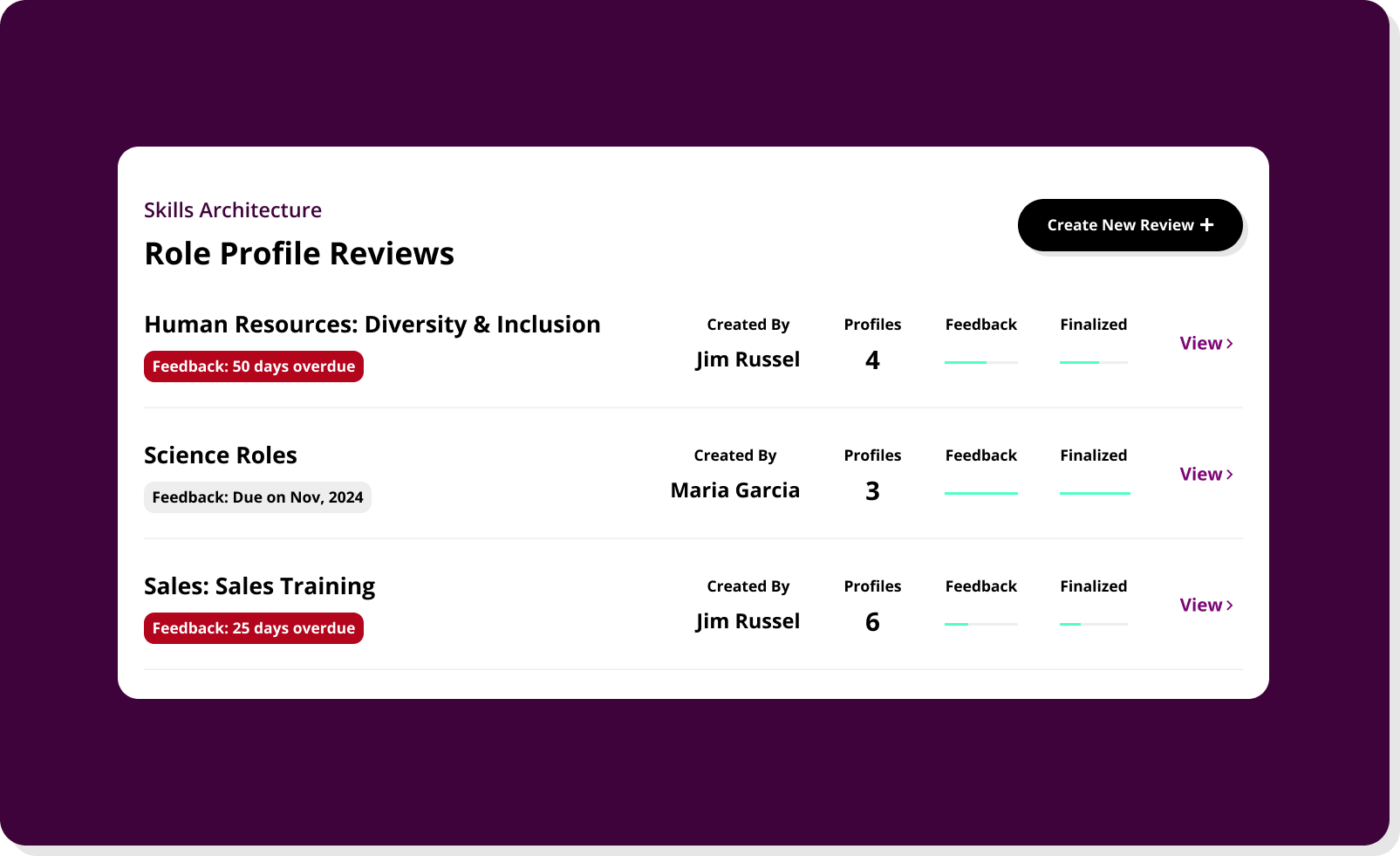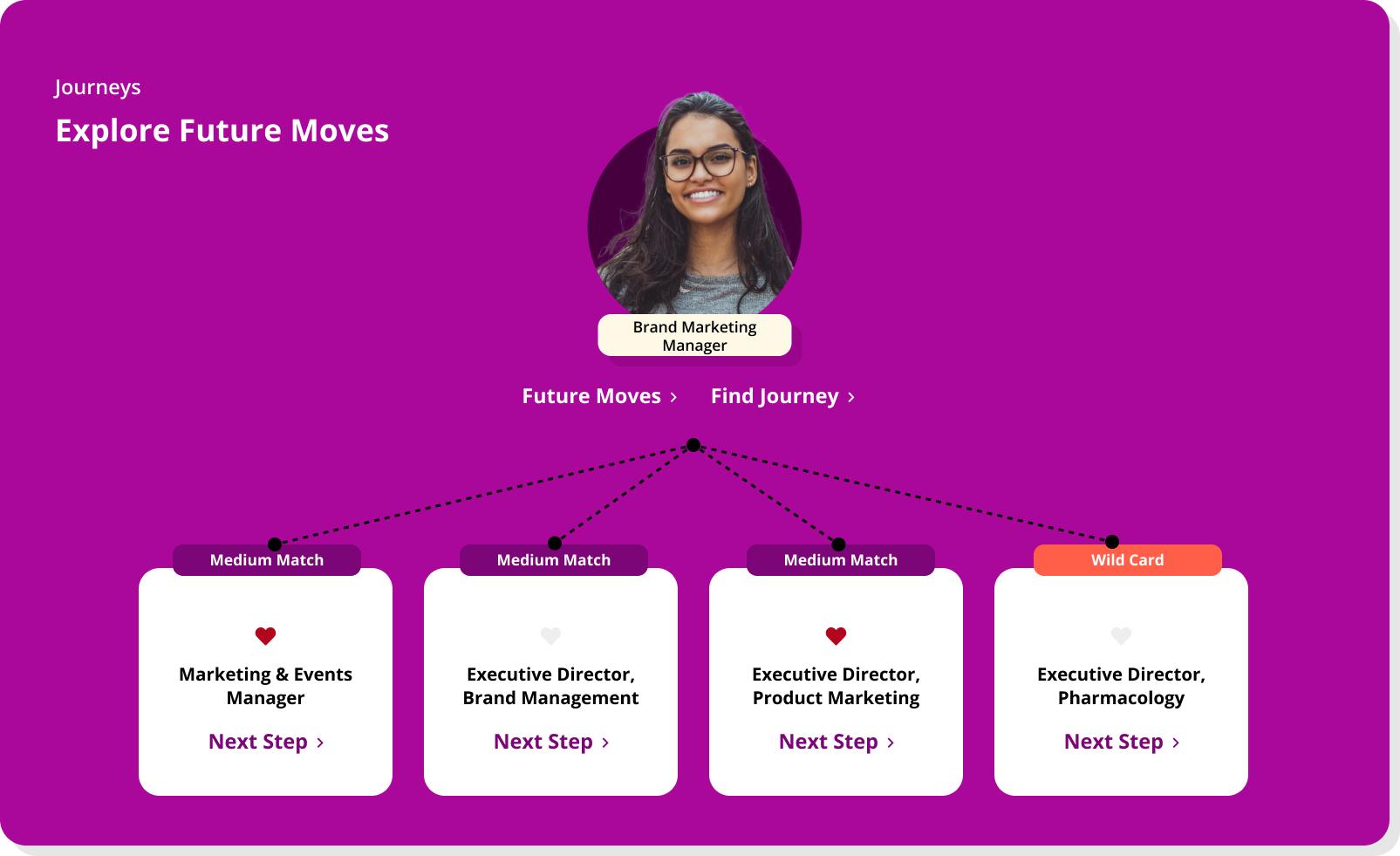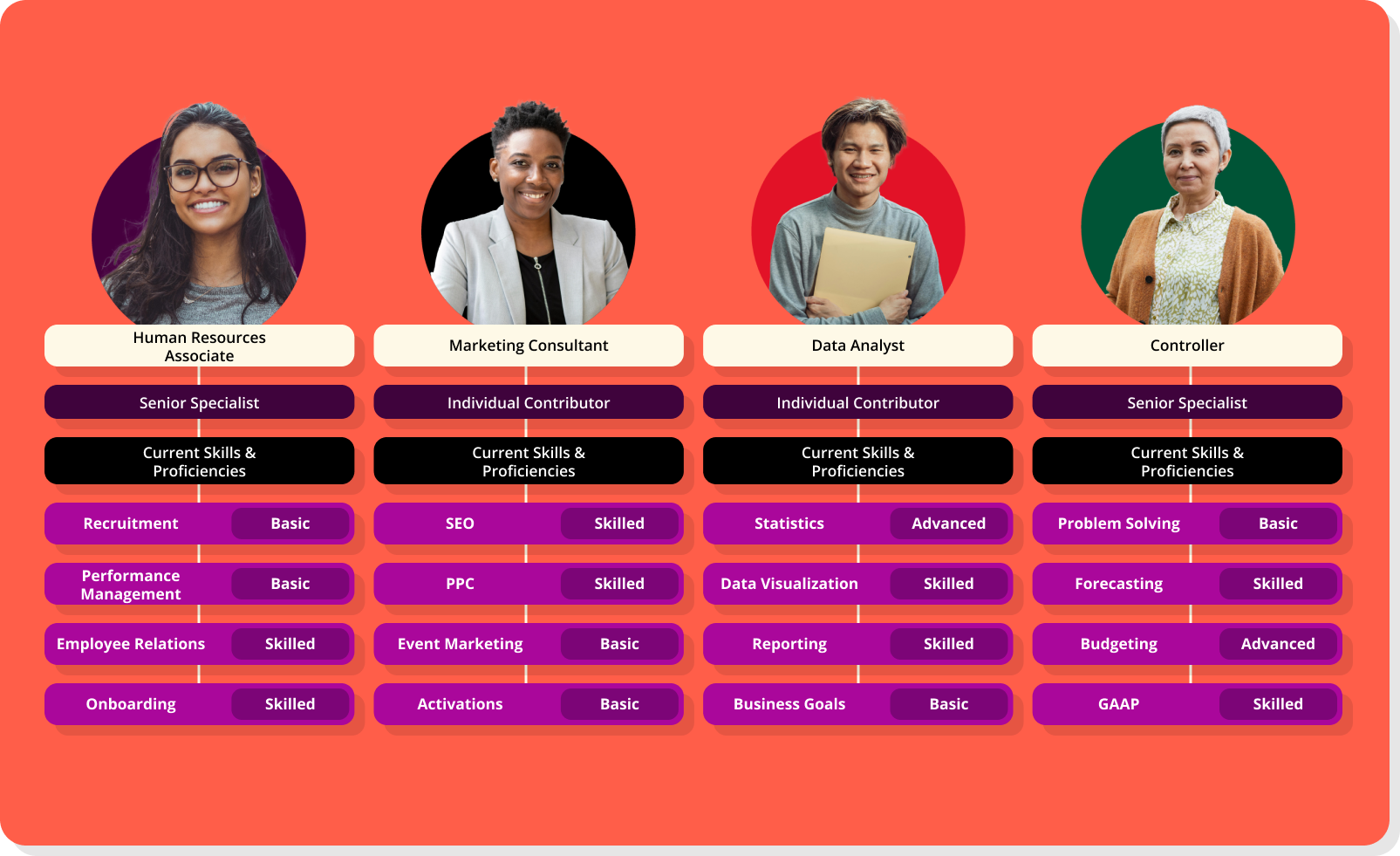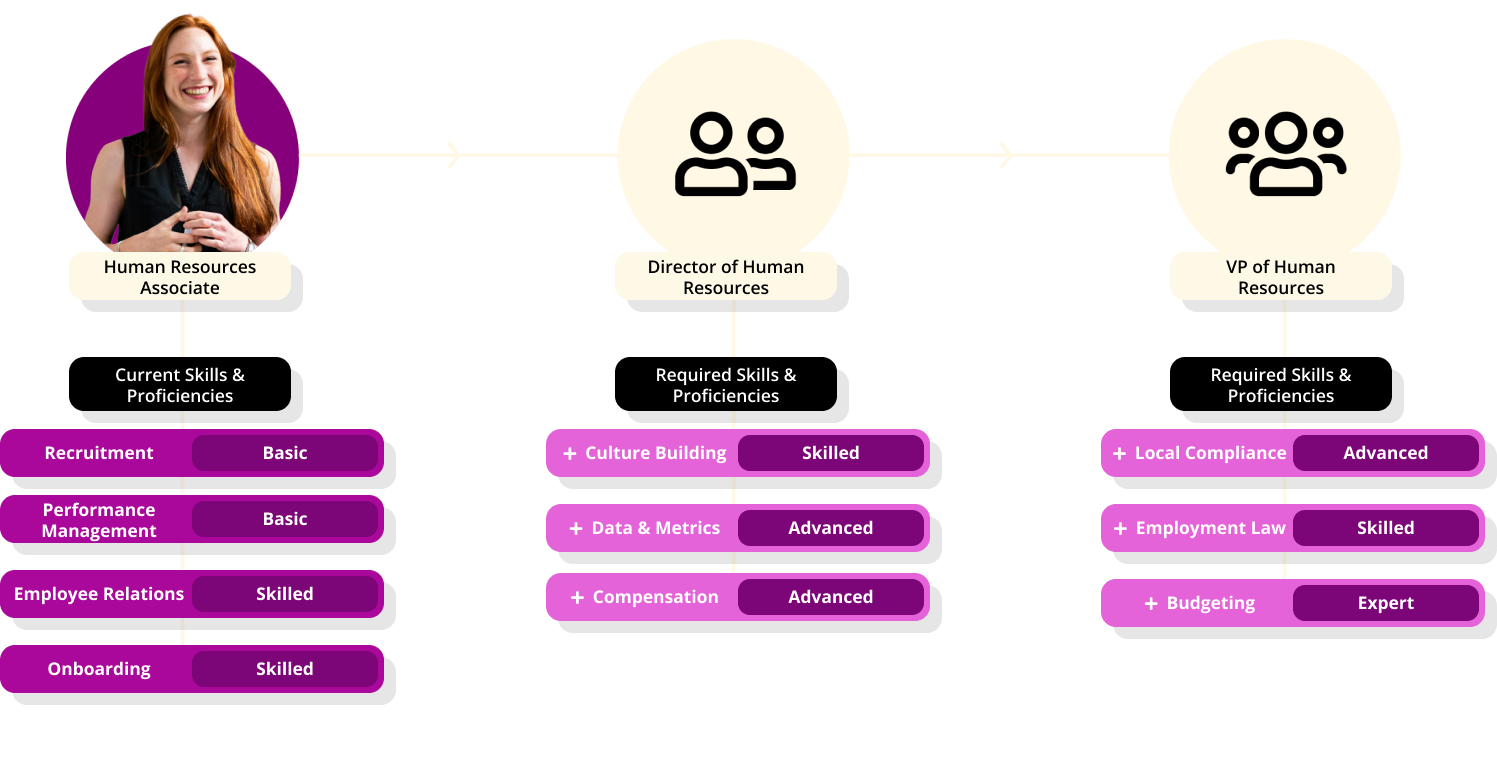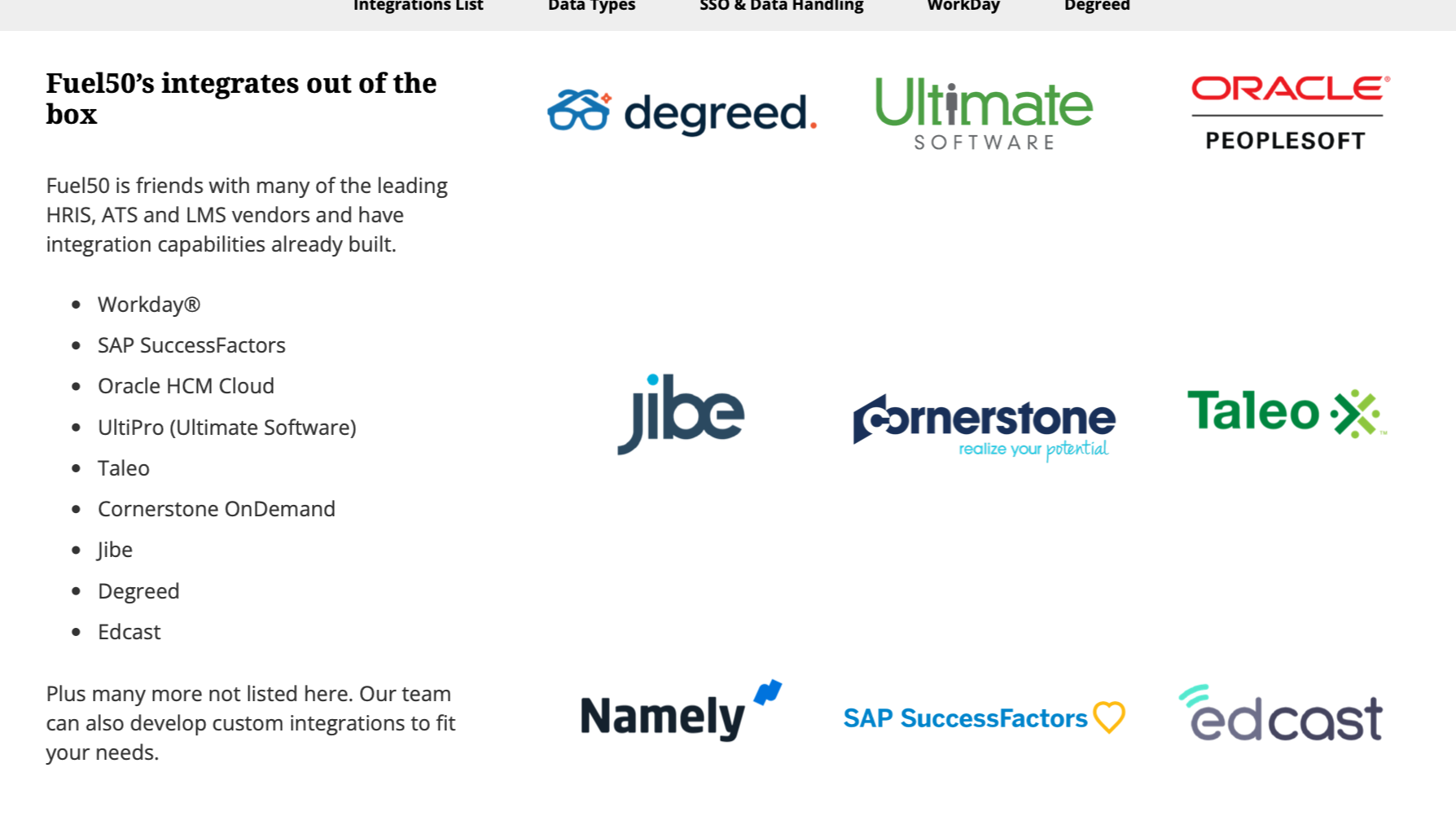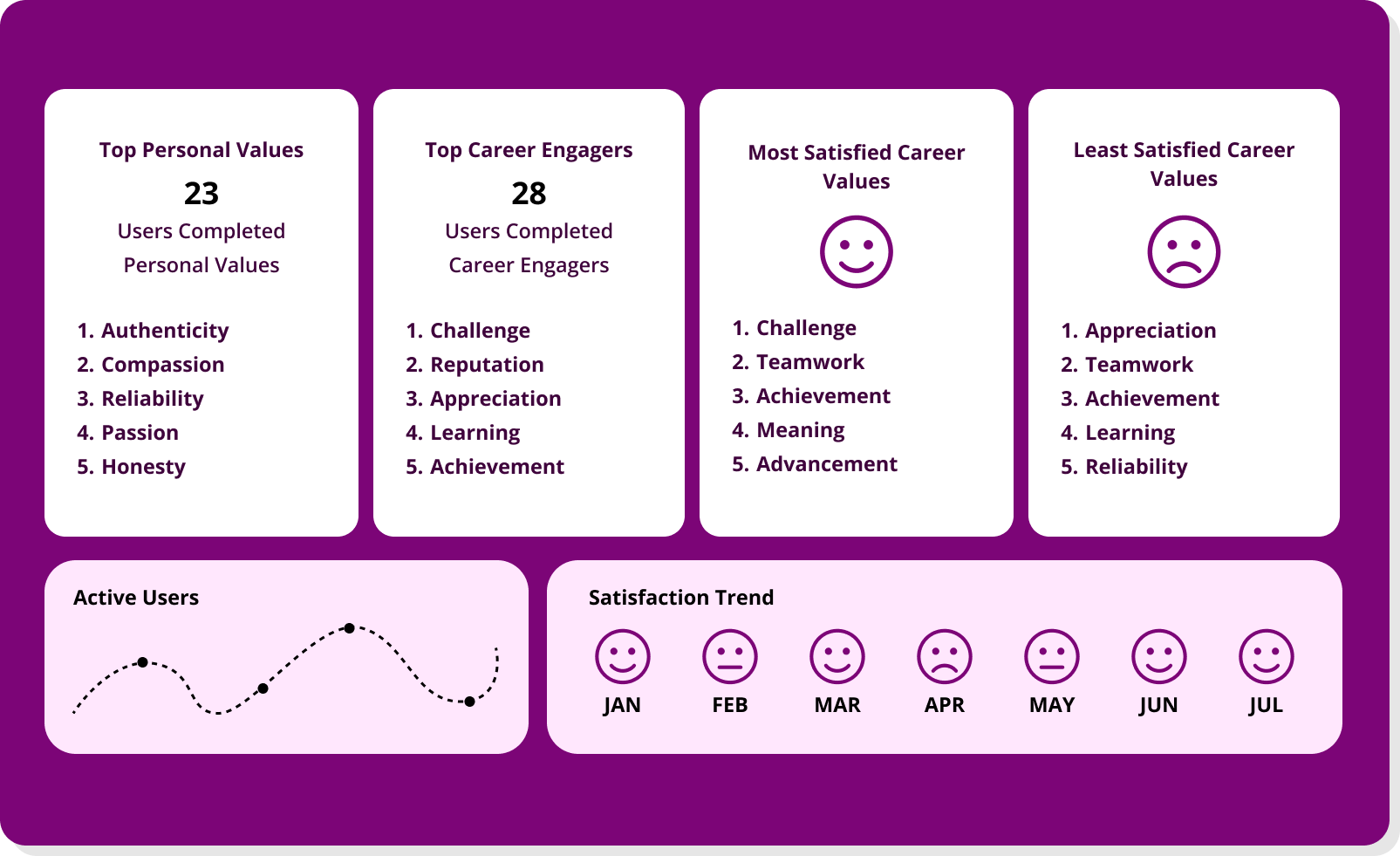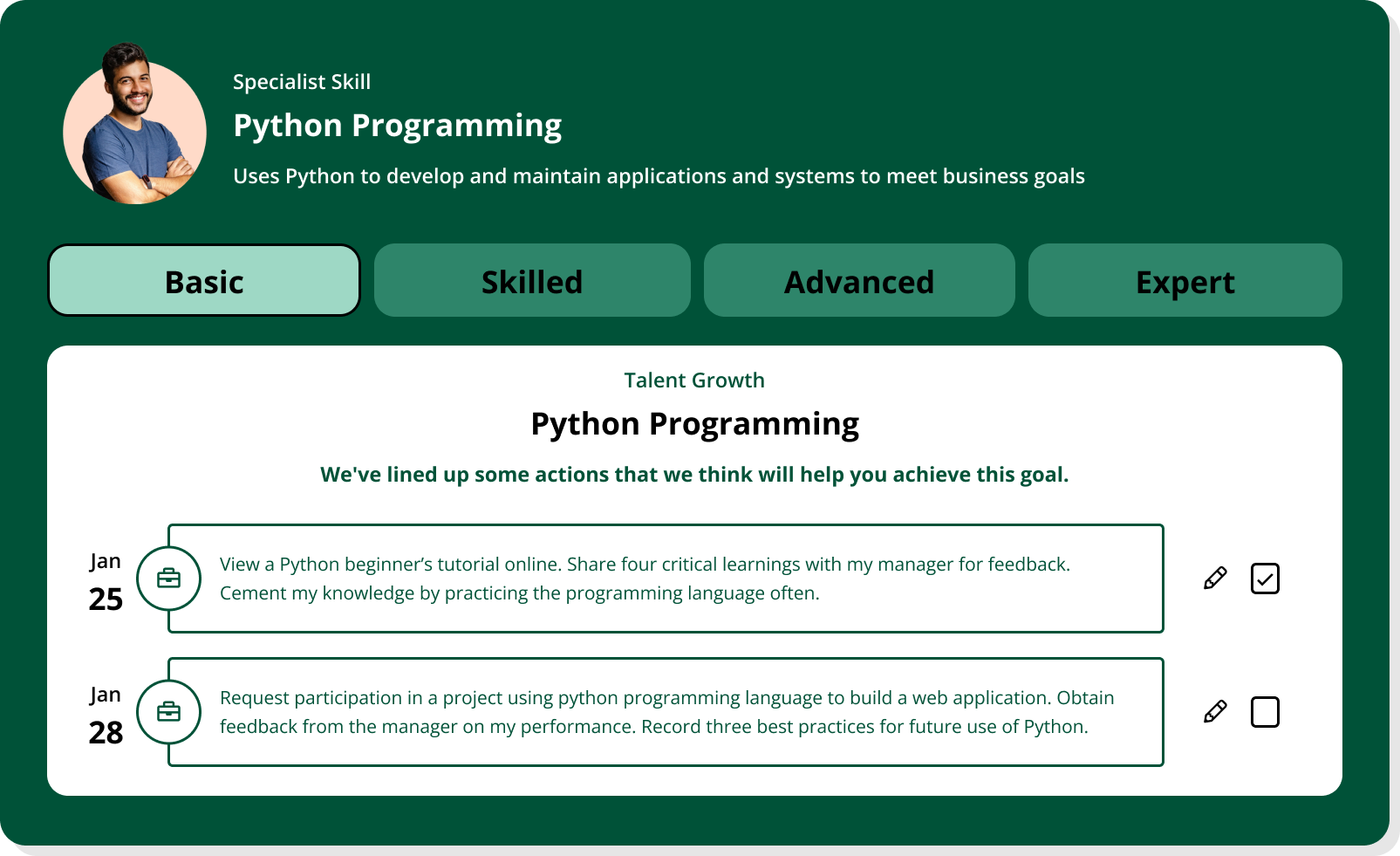Your workforce can’t keep up, but it’s not their fault.
Roles are rigid. Job titles don’t reflect reality. People want to grow, but the organizational structure won’t budge. As a result, teams are burned out, stuck in reactive mode, and losing top performers to companies that move faster.
The problem is architecture. Most companies were built for predictability, and that model collapsed the moment AI, shifting skills, and remote work rewrote the rules.
Now, change is constant, but the way you develop, deploy, and move talent hasn’t caught up.
That’s what workplace agility solves.
This article breaks it down, explaining what agility actually means, what it looks like in practice, and how the most adaptive companies are building it into the core of how they work.
What is workplace agility?
Workplace agility is an organization’s ability to adjust roles, redeploy talent, and realign skills in response to change without disrupting business continuity. It’s the difference between being able to adapt in real time and having to pause while the structure catches up.
While often confused with speed or flexibility, agility goes deeper. It’s not about working faster or giving people more freedom in how they work. It’s about whether the business can reconfigure its workforce—roles, responsibilities, and skills—based on what the moment demands. That includes responding to market shifts, technology changes, evolving strategies, or internal disruption like reorganizations and leadership turnover.
To do that, organizations need more than good intentions. They need current, accessible skills data, a role architecture that supports movement, and processes that enable informed decisions without endless approvals or top-down bottlenecks. Equally important, the culture needs to support internal mobility, development, and cross-functional collaboration, not treat them as one-off exceptions.
At its core, workplace agility is a workforce model built to absorb and respond to change without losing executional rhythm or strategic direction. It’s what allows companies to adapt without reorganizing and to scale without having to rebuild.
5 signs your organization isn’t agile yet
Agility is often treated as an aspiration, but it’s better understood as a capability that either exists or doesn’t. Many organizations take the right actions at a strategic level, but the underlying systems they work with were built for stability, not adaptability.
When teams feel stuck or slow to respond, it’s not usually a lack of talent or effort. Rather, it’s a sign that internal operations haven’t evolved to support how people need to work today. Agility fails when misalignment between intent and infrastructure impedes execution.
Here are five signs that your organization isn’t agile.
Teams are siloed and slow to collaborate
The first place this shows up is in how teams are organized. If people are confined to functional silos, unable to work across departments or shift focus quickly, agility is already out of reach. Collaboration is a structural requirement since, without mechanisms for horizontal movement, teams become protective of their domain, not adaptive to the business.
Skills data is outdated or nonexistent
Another major constraint is a lack of accurate and accessible skills data. You can’t move people effectively if you don’t know what they can do. Many organizations are still working off outdated job descriptions or, worse, have no inventory of workforce capabilities at all. In that vacuum, decisions default to assumptions, which then compounds risk when things change.
Organizational structure is rigid and slow to adapt
Organizational structure is often the silent killer of agility. If your workforce is bound to rigid hierarchies, narrow role definitions, and approval-heavy workflows, then adaptation will constantly be slow. Agility requires the ability to move talent laterally, temporarily, or experimentally. That kind of movement isn’t possible in systems designed for control over flexibility.
Learning is reactive and not aligned with strategy
Learning is another pressure point. In theory, it enables agility. In practice though, it’s often reactive—triggered by visible gaps instead of anticipated needs. If your learning programs are detached from business strategy, then they’re not preparing the workforce for what’s next.
Managers lack the data to make skills-based decisions
Finally, the role of the manager is often underestimated. Managers are the ones who move talent. If they lack visibility into skills, growth potential, and capacity, they’re left to make decisions based on familiarity or instinct. That neither scales nor supports agility. Managers need real-time intelligence, not legacy organizational charts and best guesses.
Why your organization needs workplace agility
True agility provides concrete, strategic benefits that directly impact your organization’s ability to compete, attract talent, and respond effectively to change. Here are a few benefits of true agility for organizations.
Workplace agility builds resilience during rapid change
Agility allows organizations to adapt swiftly when roles evolve due to technological advancements such as AI and automation. Instead of losing valuable productivity as roles become obsolete or skill requirements shift, agile organizations proactively reskill employees and redeploy talent internally.
This capability preserves institutional knowledge, reduces disruption, and avoids the high costs associated with external recruitment and lengthy onboarding periods. Ultimately, organizations that embed agility can sustain performance even amid significant industry-wide disruptions.
Workplace agility helps you win the talent battle
Employees increasingly prioritize workplaces that offer clear opportunities for growth, meaningful work, and the flexibility to pursue diverse career experiences within the company.
Agile organizations naturally provide these environments by structuring roles and opportunities to meet evolving employee aspirations. The direct benefit is increased employee satisfaction, higher engagement, and significantly improved retention rates. Employees stay because they see genuine, ongoing career advancement opportunities internally, reducing the substantial costs and risks associated with talent turnover.
Workplace agility accelerates your response to market opportunities
Agility enables organizations to shift resources rapidly to capitalize on emerging market opportunities without waiting for extensive restructuring or external hiring. Traditional workforce structures delay action and leave businesses trailing behind competitors who can move faster.
In agile organizations, leaders can immediately align available talent with strategic priorities, ensuring initiatives launch sooner, revenue opportunities are captured quickly, and market leadership positions are secured ahead of competitors.
In short, workforce agility ensures your organization consistently outperforms competitors, attracts and retains top talent, and thrives through continuous, disruptive market changes.
What does an agile workforce actually look like?
The most credible way to define workforce agility is to look at what it enables inside a real organization. NetApp provides a clear case for this.
Faced with a strategic pivot from legacy data storage to cloud services, NetApp’s business model required a fundamentally different skill mix. But, as their VP of Global Talent Larry McAlister put it, they were flying blind. HR had no real-time visibility into workforce capabilities, and talent mobility was slow, informal, and dependent on managerial proximity.
Their goal was to redeploy the right people to the right work fast, but they lacked the infrastructure to do it.
That changed when NetApp partnered with Fuel50 to launch an internal talent marketplace. In the first 90 days, they inferenced over 197,000 skills across the business using AI, and employees self-assessed more than 21,000 skills. For the first time, NetApp had a live, searchable, talent marketplace software inventory of their workforce.
That skills intelligence made agility operational. Managers could now match people to projects based on current capabilities, and employees could pursue gigs and roles across the business not through hierarchy, but visibility.
Internal mobility accelerated as well. Teams redirected talent into emerging areas without waiting for annual planning cycles, and career conversations became grounded in skills data. Agility became measurable, identifying who’s moving, how fast, where the gaps are, and what action to take.
This is what an agile workforce looks like in practice:
- Talent mobility is systematized, not ad hoc.
- Skills data is live, not static.
- Managers are empowered through decision-making tools, not left to guess.
- Personnel strategy flexes with business needs, not locked in annual plans.
How Fuel50 enables workforce intelligence at scale
Fuel50 turns your skills strategy into a dynamic system that drives measurable workforce agility. While most talent solutions stop at providing visibility into skills, Fuel50 synthesizes this intelligence by injecting it directly into the flow of daily work to impact career growth, internal mobility, and strategic workforce planning.
A marketplace built for movement
At the heart of Fuel50 is a sophisticated talent marketplace designed to drive internal mobility. Each employee has a dynamic “career DNA” profile that constantly updates through completed projects, received feedback, skills developed, and expressed preferences.
Fuel50 uses this evolving profile to recommend opportunities like internal roles, gigs, mentorship, and targeted learning journeys.
Thanks to its continuous learning and adapting, Fuel50 helps keep talent engaged and growing, reduces turnover, and ensures transparency in talent deployment across your organization.
Customized skills architecture aligned with your business
Fuel50’s skills architecture is an evolving, AI-driven ontology tailored to reflect your organization’s unique roles, strategic priorities, and cultural values.
The Talent Blueprint™ integrates seamlessly into your existing structures and workflows to map roles, work activities, and skills directly to your operational context.
The architecture adapts in real time as your business needs shift so your skills strategy remains relevant and actionable long after implementation. That makes Fuel50 the foundation for skills-based development, mobility, and strategic workforce management.
Seamless integration into your existing HR ecosystem
Fuel50 avoids the common pitfalls of isolated data silos by integrating into your existing HR technology stack as well. It works alongside major platforms like Workday, SAP SuccessFactors, Oracle HCM, Cornerstone, and Degreed to complement current systems.
This synchronization ensures employee data flows effortlessly, embedding actionable skills intelligence within familiar daily workflows, whether in talent acquisition, performance management, learning and development, or engagement platforms. Employees and managers experience a unified, seamless interface that promotes usage and actionable decision-making at scale.
Powerful analytics and skills ontology
Fuel50’s analytics go beyond basic metrics, linking workforce skills directly to strategic business outcomes.
Its extensive skills ontology—validated across thousands of roles and proficiency levels—provides deep insights into skills gaps, retention risks, internal mobility effectiveness, and future talent readiness.
With Fuel50, leaders gain real-time visibility into critical workforce questions like:
- Where are critical skills gaps emerging?
- How effectively are teams developing skills?
- Is internal mobility improving retention and engagement?
- Are managers effectively guiding employee development?
- Are we strategically ready for upcoming talent demands?
These insights actively guide strategic workforce decisions and immediate actions.
Enterprise-grade design and scalability
Fuel50 is built for the complexity of global enterprises. Its robust permissions model, configurability, and multilingual support ensure the platform easily adapts to diverse operational requirements, compliance needs, and organizational structures.
Fuel50’s flexibility and scalability enable it to support global enterprises seamlessly, making actionable workforce intelligence practical, compliant, and sustainable so your skills strategy continually delivers measurable ROI.



